Pattern Services and Revisions
If you are an Annies customer and have a question about the instructions on a pattern you have purchased, please visit: http://www.anniescatalog.com/pages/customer_care/pattern_services.html
Learn to Tat
Contents
Learn to Tat is Janette Bakers first book. Janette grew up in a home where handwork of excellent quality was a part of everyday life. Preserving the heritage of excellence in handwork through her book was a tribute to her mother and grandmother. Karen Lindsay furthered Janettes love of tatting by sharing her remarkable patterns. From her own experience of learning to tat and from her experiences as a teacher of tatting, Janette realized the need for clear and precise tatting instructions.

Patterns abbreviations vary somewhat from 1 pattern to the next, listed below are some of the more common abbreviations used. beg .... beginning CH .... beginning CH ....
Chain CTM .... continuous thread method DNC .... do not cut DS .... Double Stitch JR .... Josephine Ring PR .... repeat RW .... reverse work SH .... shuttle st(s) .... stitch(es) T .... turn UTS .... unworked thread space .... picot - - .... long picot + = join a relatively new abbreviation that means to make a picot the first time and join in subsequent repeats Digits in patterns stand for the number of Double Stitches.
Tatting patterns vary in the style in which they are written.
Tatting patterns vary in the style in which they are written.
Some patterns are more detailed and others are simplified. If desired, detailed patterns can be read through and then rewritten in a simpler method before tatting. For example, a detailed pattern could be written as follows: Make a Ring of 3 DS, picot, 3 DS, picot, 3 DS, picot, 3 DS, close Ring, turn. Turn in general means to turn the Ring downward as we have learned in reversing work. This detailed pattern written in a simpler style would be written: R 3 3 3 3 RW Another example of a detailed pattern could be: Make a Ring of 12 double stitches evenly divided by 3 picots, close Ring, turn.
STEP-BY-STEP PROGRESSION Ring of Double Stitches

Ring of Double Stitches with picots

Row of joined Rings with picots Unworked thread space between Rings of Double Stitches

Double-sided rows of Rings with picots Unworked thread space between Rings of Double Stitches Reverse work between Rings
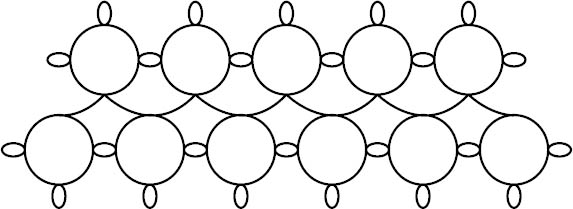
Consecutive Rings (3 Rings of Double Stitches with picots)
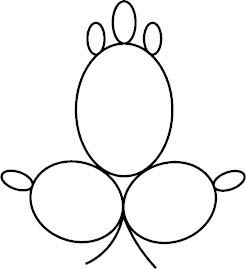
Row of joined Rings with picots Chains of Double Stitches with picots

Double shuttle tatting

Row of Split Rings

Tat with high-quality, tight-twist thread.
STEP-BY-STEP PROGRESSION Ring of Double Stitches

Ring of Double Stitches with picots

Row of joined Rings with picots Unworked thread space between Rings of Double Stitches

Double-sided rows of Rings with picots Unworked thread space between Rings of Double Stitches Reverse work between Rings

Consecutive Rings (3 Rings of Double Stitches with picots)

Row of joined Rings with picots Chains of Double Stitches with picots

Double shuttle tatting

Row of Split Rings

Tat with high-quality, tight-twist thread.
Use 2 balls of thread: 1 for tatting, 1 to refill the shuttle. Size of thread relates to thickness. The higher the sizing number of the thread, the finer it is. Size 20 thread is finer than a size 10 thread. Wind the shuttle counterclockwise, with the thread coming from the bottom right of the shuttle. Wind the shuttle for the traditional method of tatting by pointing the shuttle tip up with the tip pointing left.
Wind the thread from the front (closest to person) up and over toward the back of the shuttle. Wind to the outside edge. Over-winding the shuttle can force the tips apart, which allows the thread to unwind if the shuttle is hanging loose. Rings are the color of the shuttle thread, and Chains are the color of the ball thread in a simple Ring and Chain 2-color pattern. The length of thread between 2 double stitches makes a picot when the double stitches are slid into position. Use picot gauges to create uniform picots.
Close all Rings completely. To prevent gaps, tat the first half hitch of the double stitch very close to the previous element. Snug the Double Stitches of the Chain to the left to keep the tatting firm. Reverse work (turn Ring downward) after each Ring and reverse work (turn Ring upward) after making a Chain unless the instructions state otherwise. Some patterns do not print RW (reverse work) as part of the written instructions. Incorporate knotless techniques when possible.
Join #1: Join a new shuttle thread at the end of a Chain. Over-tat the thread tails. Join #2: Join a new thread over the base of an existing Ring with a larks head knot. Over-tat the thread tails in the following Chain. Hand-wash tatting with liquid soap. Roll in a towel until damp dry.
Block tatting that has numerous picots on a foam board with rustproof pins. Block tatting that has not been pinned to a blocking board, by ironing lightly between 2 damp towels. Hold a flat pinch over each tatted stitch to prevent twisting. Untangle twisted thread by letting the shuttle hang free. Read through new patterns before tatting to become familiar with the pattern style, abbreviations and new techniques. 


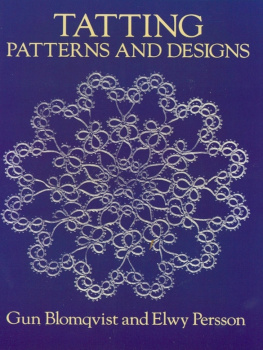


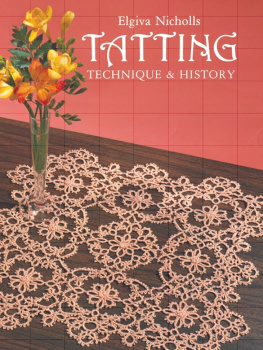



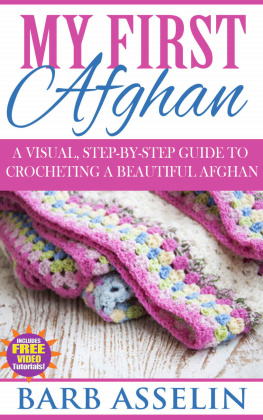
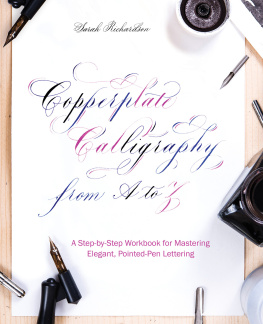
 Patterns abbreviations vary somewhat from 1 pattern to the next, listed below are some of the more common abbreviations used. beg .... beginning CH .... beginning CH ....
Patterns abbreviations vary somewhat from 1 pattern to the next, listed below are some of the more common abbreviations used. beg .... beginning CH .... beginning CH ....  Ring of Double Stitches with picots
Ring of Double Stitches with picots  Row of joined Rings with picots Unworked thread space between Rings of Double Stitches
Row of joined Rings with picots Unworked thread space between Rings of Double Stitches  Double-sided rows of Rings with picots Unworked thread space between Rings of Double Stitches Reverse work between Rings
Double-sided rows of Rings with picots Unworked thread space between Rings of Double Stitches Reverse work between Rings  Consecutive Rings (3 Rings of Double Stitches with picots)
Consecutive Rings (3 Rings of Double Stitches with picots)  Row of joined Rings with picots Chains of Double Stitches with picots
Row of joined Rings with picots Chains of Double Stitches with picots  Double shuttle tatting
Double shuttle tatting  Row of Split Rings
Row of Split Rings  Tat with high-quality, tight-twist thread. STEP-BY-STEP PROGRESSION Ring of Double Stitches
Tat with high-quality, tight-twist thread. STEP-BY-STEP PROGRESSION Ring of Double Stitches 